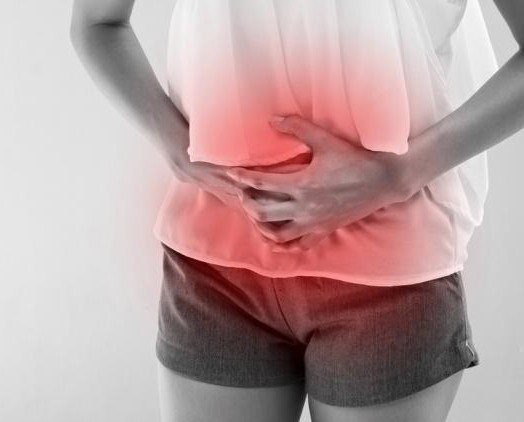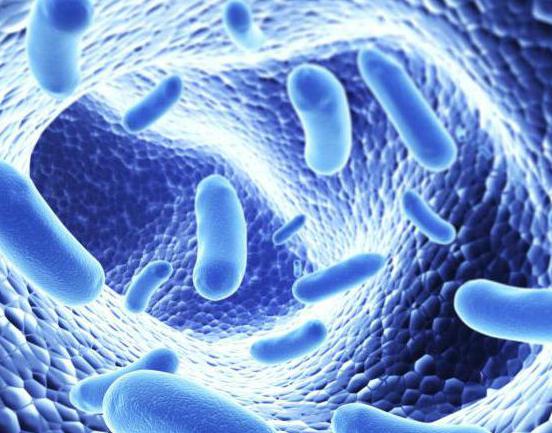Steatorrhea is a pathology, the main manifestation of which is the presence of fatty deposits in the feces. The excess of the norm is the presence of more than 5 grams of fat in the stool. In some people, this indicator can reach several hundred grams.
The main forms of pathology
The reason for the change in the composition of feces can be steatorrhea, creatorrhea, amilorrhea. Let's consider each phenomenon separately.
- Steatorrhea is a malfunction of the digestive system, in which character or fatty acids accumulate in the stool.
- Creatorrhea is a pathology that occurs in response to impaired absorption of nutrients in the intestine. It is accompanied by the accumulation of nitrogen in the feces. In the absence of appropriate treatment, it can develop into pancreatitis.
- Amilorrhea is a phenomenon characterized by the appearance in the feces of a significant amount of starch grains that have not been broken down by the digestive system into sugars.
Types of steatorrhea
Specialists identify the following types of pathology:
- Alimentary steatorrhea - caused by the ingestion of excessive amounts of fat into the body, the digestion of which the digestive system is unable to cope with.
- Intestinal steatorrhea - the inability of the intestines to absorb fats leads to the development of the disease.
- Pancreatic steatorrhea is a pathology in which the pancreas produces insufficient amounts of the lipase enzyme required to break down fats.
Causes
Congenital defects in the development of the digestive system, which can manifest themselves at a later age, are capable of provoking the development of the disease. Often, the formation of a daily diet based on an abundance of fatty foods leads to the occurrence of such failures in the body, which in the most negative way affects the work of the pancreas.
What else can cause steatorrhea? The causes of the onset of the disease also lie in the extinction of the performance of the endocrine glands. In particular, diseases of the gallbladder, inflammation of its ducts contribute to the development of pathology.
Symptoms
 Steatorrhea, creatorrhea lead to an abundance of loose stools. Calla takes on a grayish or light shade. Patients feel frequent urge to defecate. With an extremely high fat content in calla lilies, constipation can occur. Along with these manifestations, patients periodically feel severe dizziness, suffer from bloating.
Steatorrhea, creatorrhea lead to an abundance of loose stools. Calla takes on a grayish or light shade. Patients feel frequent urge to defecate. With an extremely high fat content in calla lilies, constipation can occur. Along with these manifestations, patients periodically feel severe dizziness, suffer from bloating.
The main visual manifestation of steatorrhea is rapid weight loss with abundant nutrition and moderate exercise. The skin of people affected by the disease becomes covered with a dryish crust, peeling. Over time, there is a pallor of the lips, cracks form in the corners of the mouth. This is how steatorrhea manifests itself, the symptoms of which indicate insufficient saturation of tissues with fatty acids.
Diagnostics
 To confirm the disappointing diagnosis, the patient must undergo a consultation with a gastroenterologist. The doctor listens to complaints, palpates the abdomen, which allows you to detect stagnation of fatty masses in the small intestine.
To confirm the disappointing diagnosis, the patient must undergo a consultation with a gastroenterologist. The doctor listens to complaints, palpates the abdomen, which allows you to detect stagnation of fatty masses in the small intestine.
The most important moment in the course of diagnostics is the analysis of the stool, a detailed study of its structure. Here, a microscopic and macroscopic assessment of the stool is used. Additionally, colonoscopy, radioisotope research techniques, ultrasound can be used.
Prophylaxis
As effective preventive measures aimed at preventing the development of the disease, it is worth noting:
- development of a diet based on a balanced amount of fatty, carbohydrate and protein foods;
- refusal to drink alcohol, which can cause malfunction of organs that are responsible for digestion and elimination of toxic substances from the body;
- moderate consumption of fried foods and foods with an abundance of spices.
The secondary preventive measures include the timely detection and elimination of diseases that can provoke insufficient breakdown of fats in the body and, accordingly, the formation of characteristic deposits in the feces. For example, for these purposes, they often resort to antibiotic suppression of infections that develop in the small intestine.
Steatorrhea: treatment
 During therapy, the patient is prescribed a course of drugs with an increased lipase content. The active substances in the composition of medicines of a similar plan prevent the premature destruction of digestive enzymes under the influence of gastric juices.
During therapy, the patient is prescribed a course of drugs with an increased lipase content. The active substances in the composition of medicines of a similar plan prevent the premature destruction of digestive enzymes under the influence of gastric juices.
Among the effective drugs, the reception of which allows you to eliminate the manifestations of steatorrhea, should be highlighted:
- "Pancreatin".
- Maalox.
- Creon.
- "Phosphalugel".
- "Gastal".
In the most advanced cases, patients are prescribed to take drugs containing adrenocorticotropic hormone and hydrochloric acid. Patients are advised to take vitamin complexes. In parallel, therapy is carried out using ascorbic and nicotinic acids.
In the treatment of steatorrhea, the emphasis is placed on the use of low-fat meat, boiled fish, and low-fat milk. Patients are given broths without fail.
Possible complications
 Without proper treatment, steatorrhea in the later stages of development can cause the following negative consequences for the body:
Without proper treatment, steatorrhea in the later stages of development can cause the following negative consequences for the body:
- Protein deficiency - a regressive state associated with insufficient absorption of proteins in the tissue.
- Hypovitaminosis - occurs as a result of the lack of a sufficient amount of fat-soluble trace elements in the body.
- General depletion of the body.
- The development of a water-salt imbalance is expressed by a feeling of constant thirst, dehydration, the appearance of puffiness on the body, excessive dryness of the mucous membranes.
- Convulsive states are involuntary muscle contractions of a paroxysmal nature.
- Oxaluria is the elimination of excessive amounts of oxalic acid from the body. The pathology is characterized by the formation of insoluble stones, which clog the urinary tract and renal canals.
- Damage to important organs and systems - heart, lungs, brain.
- The development of mental problems - decreased performance, sleep disturbance, loss of concentration, difficulty in mental operations.
Steatorrhea during pregnancy
 Steatorrhea is typical for women who are carrying a fetus. Usually, the pathology manifests itself in late pregnancy. In most cases, it provokes the formation of fatty deposits in the stool, a slowdown in the outflow of bile due to the pressure of the uterus on the gallbladder.
Steatorrhea is typical for women who are carrying a fetus. Usually, the pathology manifests itself in late pregnancy. In most cases, it provokes the formation of fatty deposits in the stool, a slowdown in the outflow of bile due to the pressure of the uterus on the gallbladder.
In pregnant women, the disease is manifested by the abundant formation of a liquid fetid stool, which has a colorless tint. In this case, the mucus secreted by the body turns yellow.
Later, the disease can provoke a decrease in blood clotting, which makes it much more difficult to stop bleeding directly during childbirth. Without adequate diagnosis and treatment, the disorder leads to a weakening of the fetal bone tissue. In some cases, the consequence of the development of the disease is the deterioration of vision in both the mother and the child.
The use of complex treatment methods allows completely eliminating the manifestations of steatorrhea during gestation. In addition to taking appropriate medications, the expectant mother is prescribed a strict adherence to the diet. In particular, a pregnant woman is advised to refrain from spicy, fatty, fried foods; vitamins of groups A, D, E, K are prescribed.
Steatorrhea in infants
 The development of the disease in newborns is often caused by insufficient development of the liver, which is caused by pathological genetics. Congenital lesions of the gastrointestinal tract can serve as a prerequisite for the onset of the disease.
The development of the disease in newborns is often caused by insufficient development of the liver, which is caused by pathological genetics. Congenital lesions of the gastrointestinal tract can serve as a prerequisite for the onset of the disease.
As for the main reasons for the manifestations of steatorrhea in babies, it is worth noting, first of all, the insufficient amount of gastric enzymes that are involved in the breakdown of fats. The formation of substances that contribute to the formation of a healthy metabolism occurs naturally during the first three months of life. Until that time (in the presence of a malfunction in the body), the use of medications allows the lack of enzymes to be eliminated.
Finally
Steatorrhea is a rather unpleasant ailment, the main danger of which is the high probability of developing a whole mass of deviations in the work of vital organs and systems.
As practice shows, it is possible to effectively fight the disease with a rational diet with the intake of moderately fatty foods, saturation of the body with vitamins. Such simple steps allow you to quickly transfer the disease to the stage of remission and avoid negative consequences.

